United World International publishes an essay titled “Nuclear energy issues and discrimination against Korea and Koreans” published in the 165th issue of Shiso-Undo News, with the Editorial Office of Shiso-Undo’s note to the writing.
On October 8, 2022, Dr. Koide Hiroaki gave a lecture on the theme of “discrimination against Koreans in Japanese society,” hosted by Tanpoposha (No Nukes Plaza), at Hibiya Library Cultural Center. The contents of the report have many implications for considering the current state of Japanese society and nuclear issues. A summary of the report is provided below.
Editorial Office of Shiso-Undo
Nuclear power issues and discrimination against Korea and Koreans
By Koide Hiroaki (Former Assistant Professor, Research Reactor Institute, Kyoto University)
I am a mere researcher of nuclear power science, and if talking about discrimination against Koreans, I think there are many other people who would be suitable. However, I was persuaded that it would be valuable for someone who has worked on the nuclear power issue to talk about it, and I accepted the offer. In the first half, I will talk about the problems occurring in the nuclear power world, and in the second half; I will talk about discrimination against the Korean that is deeply rooted in the Japanese mind.
Three key technologies for manufacturing atomic bombs
On August 6, 1945, an atomic bomb was dropped on Hiroshima, killing many people in an instant and destroying the city. The explosive power of this atomic bomb is said to be 16 kilotons in terms of the explosive TNT. “Kilo” means 1,000 times, and it was an explosive force equivalent to 16,000 tons of TNT. More than 100,000 people were burned to death in the Great Tokyo Air Raid on March 10, 1945, but the total amount of air raids was about 1,800 tons. The atomic bomb dropped on Hiroshima was ten times more powerful. Mankind has obtained such a ferocious bomb.
The atomic bomb dropped on Nagasaki on Au- gust 9 had an even greater explosive power of 21 kilotons. The atomic bomb dropped on Hiroshima was named “Little Boy” and the one dropped on Nagasaki was named “Fat Man”. One was small, the other was gigantic, and the atomic bombs dropped on August 6 and August 9, only three days apart, were different.
This was because the atomic bomb dropped on Hiroshima was made from uranium, while the other dropped on Nagasaki was made from an element called plutonium.
The US atomic bomb project was codenamed the “Manhattan Project”. What did the United States do in that project?
First, it is necessary to mine uranium, and collect uranium that has the ability to undergo nuclear fission from the uranium that has been dug. This is called “enrichment,” and it produces enriched uranium that is capable of fission. However, only about 0.7% of the uranium extracted is fissile. Only 1/140 or 1/150 of the uranium dug out is actually useful. Plutonium was produced because uranium was too inefficient. Plutonium is a substance that does not exist in the natural world and needs to be created by humans, so a “nuclear reactor” was created. If you fission the uranium that burns in a nuclear reactor, the neutrons released will automatically produce plutonium. The process of extracting the plutonium is called “reprocessing.”
It is a misconception that a nuclear reactor is a tool for producing electricity. A nuclear reactor is a tool that creates the materials for an atomic bomb, and nuclear power is the product that is used to generate electricity.
If you want to make an atomic bomb, you need three tasks: “enrichment” to collect burnable uranium, “nuclear reactor” to produce plutonium, and “reprocessing” to take out the manufactured plutonium. These three are the necessary technologies if you want to make an atomic bomb.
Nuclear policy of the Japanese government
Then, what has Japan done so far in terms of nuclear technology?
In 1969, a committee of the Ministry of Foreign Affairs drew up a document called “Japan’s Foreign Policy Outline.” It reads: “Regarding nuclear weapons, regardless of whether or not participating in the NPT [Nuclear Non-Proliferation Treaty], the policy of not possessing nuclear weapons for the capacity shall be maintained at all times, and consideration should be given not to impede on this. Also, the public shall be enlightened that policies regarding nuclear weapons in general are based on calculations of international political and economic interests and gains and losses.”
You may think that Japan is a “peaceful nation” and will never create nuclear weapons, but that is not the case at all. The government says that Japan must not abandon the option of nuclear armament. Therefore, Japan’s nuclear policy is to create plutonium and store it as an atomic bomb material. The reality is that Japan, as a country, has been steadily thinking about it from the very beginning and has been preparing for the development of nuclear weapons, even as it calls itself the “peaceful use of nuclear energy.” Since long ago, Japan has pursued a nuclear energy policy based on the belief that preparations for possessing nuclear weapons must be made.
Japan has been promoting nuclear power generation to produce plutonium. The amount of plutonium thus accumulated is approximately 46 tons in terms of weight. This amount is enough to make 4,000 Nagasaki atomic bombs.
You may hear that Japan’s nuclear power is for peaceful purposes, but it’s just kidding. This is Japan, the country that started out with the desire to create nuclear weapons and obtained the materials to create 4,000 atomic bombs.
The five permanent members of the United Nations Security Council, the United States, Russia, the United Kingdom, France, and China, are also nuclear-weapon states, possessing all of the three core technologies for nuclear weapons production: uranium enrichment, nuclear reactors, and reprocessing. However, there is only one country in the world that is said not to possess nuclear weapons but possesses all three core technologies. It’s Japan.
The “uranium enrichment” factory was located in Ningyotoge, Okayama Prefecture, and is now located in Rokkasho Village, Aomori Prefecture. Of course, there are abundant “nuclear reactors”. The reprocessing plant in Rokkasho Village is about to start operation, but it has already been in operation in Tokai Village, Ibaraki Prefecture for a long time.
Then, does the Democratic People’s Republic of Korea, which is said to be a bad country in Japan, have nuclear reactors?
On nuclear capacity of DPRK
It does. However, there is only a small reactor like the one I used to use at the Kyoto University Research Reactor Institute (currently the Institute for Integrated Nuclear Science). Looking at the amount of energy generated, the research reactor at the Research Reactor Institute is 5 Megawatt (MW), and the Yongbyon No. 1 reactor in DPRK is 25 MW. Currently, there are 33 nuclear power plants in Japan with a total energy output of 93,000 MW. Even if all the plutonium produced by operating the DPRK nuclear reactors at 100% capacity could be recovered through “reprocessing,” only a small amount of atomic bombs would be produced.
If you don’t want others to have nuclear weapons, you shouldn’t have them either. Don’t hide behind someone’s “nuclear umbrella”. After the defeat in the war, Japan lives by saying that it is somehow peaceful, but the war continued and the Korean Peninsula was divided. Japan is a country that did such a thing as rebuilding the economy with special procurements for the Korean War. Originally, Japan should do its utmost to conclude an agreement to end the Korean War. However, Japan has been a vassal state of the United States, and the government led by Liberal Democratic Party is still doing the military intimidation that must be done to the country of “North Korea” anyway.
The United States, to which Japan is subordinate, is an overwhelming military power. If there is a country that opposes itself, whether it is Afghanistan, Iraq, or Libya, it is a country that has gone to war to the other side of the world and overthrows the regime.
And the United States, which is a party to the Korean War, has rejected the request from DPRK to sign an end-of-war agreement. No matter how many times DPRK says it, the United States did not admit it. A country that refuses to sign an end-of-war agreement is a country that wants to go to the other side of the world and destroy that country. DPRK, therefore, has no choice but to become like a hedgehog.
Over the past few days, the Japanese mass media have been reporting that a country called “North Korea” is launching missiles, and that it is provocative. And the Japanese government is issuing “J-Alert” to imprint on the people that “North Korea” is a terrible country and a bad country.
But, who did the provocation? Right now, the United States, the Republic of Korea, and Japan have extended the Ronald Reagan, a huge aircraft carrier, into the Sea of Japan and are conducting military exercises there. They are practicing by firing missiles. In response, Korea launched several missiles. Is DPRK really that bad?
Discrimination against Korean residents in Japan
At the time of the Great Kanto Earthquake, the phrase “15 yen and 50 sen” became a problem. At the time of the Earthquake, many Koreans were called “bad guys” and killed. The 3.1 Independence Movement, a movement for the independence of Korea in 1919, had become popular.
Then, at the time of the Great Kanto Earthquake in 1923, everyone on the street was told to say “15 yen and 50 sen.” In order to find out whether they were Koreans or not, they forced them say words with voiced sounds without fail. There was also a Korean who pronounced “zabuton” (seat cushion) as “safuton” and was slain by a vigilante on the spot. Anyone who could not pronounce words with dull sounds was considered Korean and killed. There was such a history 100 years ago.
But, is this a thing of the past? Even now, when “J-Alert” comes out, there are many people who write things like “Kill Korean”. The phrase “stupid Korean camera” still remains to this day, and it may be used by many, but the idea that “Koreans are stupid” has always remained in the hearts of Japanese people, and still remains today.
There are tragic events that occur in history, but I don’t think that each one should be treated as just one event. We have to think in the context of history. In the past war, the vast majority of Japanese cooperated in the war. It happened that Koreans were discriminated against, forced to work, and killed. Each and every one of us must think and act responsibly in order to sum up the tragedy of the past war and end the history of sacrificing Korea.
I have lived in the nuclear power field all my life and am an amateur otherwise. Even so, there is a responsibility, and I would like all Japanese people to bear in mind that there are no exceptions.







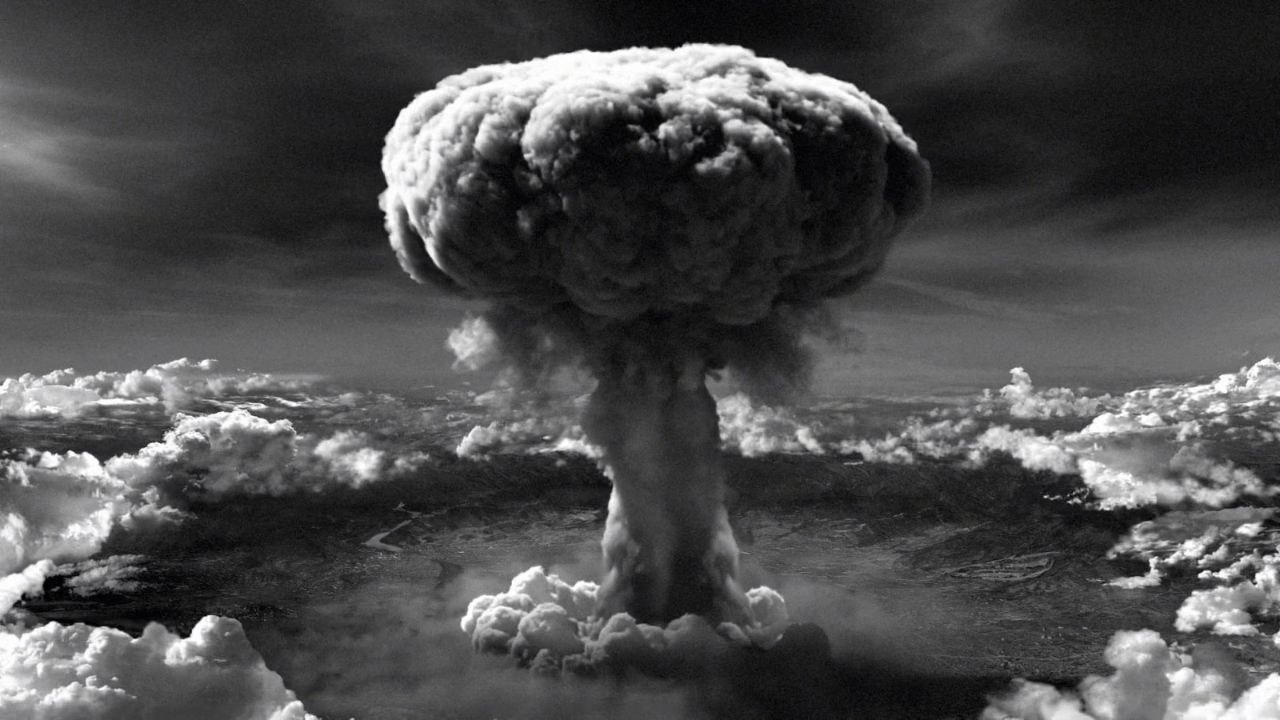
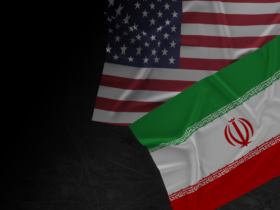
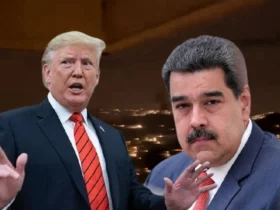
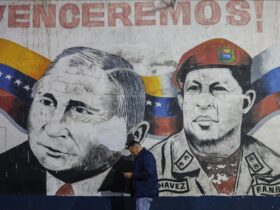
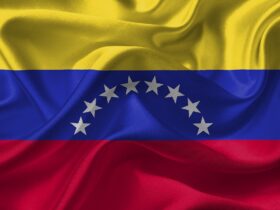

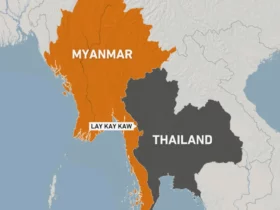

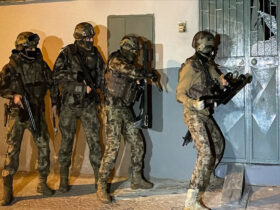

Leave a Reply